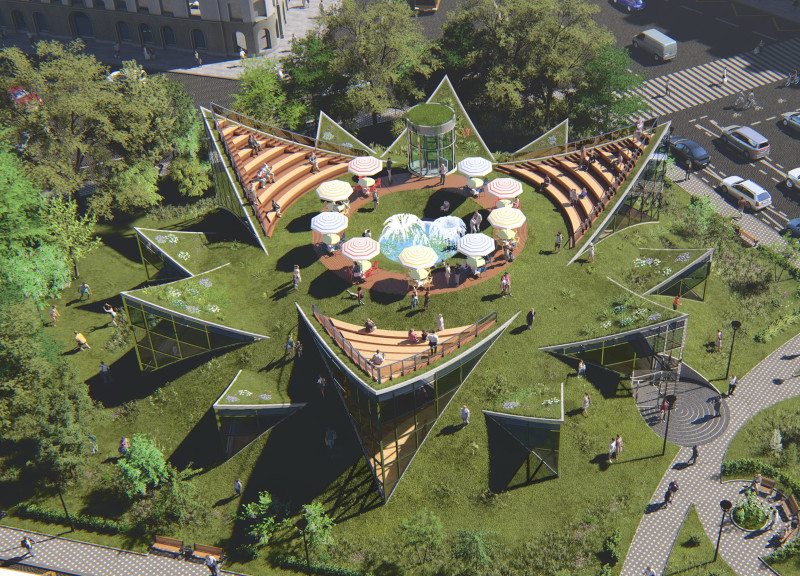5 key facts about this project
At its core, the project serves a distinct purpose, whether that is residential, commercial, or mixed-use, emphasizing the importance of its function in shaping the daily experiences of its inhabitants. The design has been carefully curated to balance aesthetic appeal with practicality, ensuring that every component not only contributes visually but also enhances the overall usability of the space.
Important parts of the project include its spatial organization and flow. The layout is designed to facilitate movement and interaction, whether through open-plan living areas that invite socialization or strategically placed private zones that offer intimate retreats. Such arrangement reflects a deep understanding of human behavior and the dynamics of space, highlighting how architecture can influence social interaction.
Materiality plays a crucial role in the project, with choices made to resonate with both the local context and the intended function of the building. Materials utilized in the construction may include natural elements such as timber, stone, and glass, each selected for their durability, sustainability, and appearance. The thoughtful use of these materials not only reinforces the building's visual identity but also heightens its connection to the surrounding environment. For instance, expansive glass facades can create a dialogue between indoor and outdoor spaces, inviting natural light while providing stunning vistas of the landscape. The use of wood may evoke warmth and comfort, creating a welcoming atmosphere within the interior spaces.
The roof and facade designs exhibit a unique approach to architectural expression, showcasing not only form but also innovative techniques that enhance the building's energy efficiency and ecological footprint. Overhangs and shading devices are likely employed to minimize solar gain, while rainwater harvesting systems may be integrated to promote sustainability. This thoughtful consideration for environmental impacts reflects a growing awareness in architecture, underscoring the responsibility architects have to contribute positively to their communities and ecosystems.
Unique design approaches can be identified throughout the project, focusing on the relationship between space and light. The interplay of shadows and highlights can activate the building's surfaces, creating visually dynamic environments throughout the day. Moreover, the incorporation of green spaces, such as terraces or vertical gardens, blends nature with the built environment, offering not only aesthetic value but also enhancing biodiversity within urban settings.
This project stands as a testament to the possibilities within contemporary architecture, where design is not merely about aesthetics but also a reflection of social and environmental consciousness. It invites viewers to engage with the space, encouraging exploration and interaction with both the architecture and its surrounding features. By emphasizing these relationships, the project embodies a modern ethos that prioritizes user experience while remaining grounded in practical applications.
For those interested in delving deeper into the project, exploring architectural plans, sections, and detailed designs can provide further insight into the thought processes and considerations that informed this unique architectural undertaking. Understanding these elements can enhance one’s appreciation for how architecture continually evolves to meet the complexities of today’s world.























